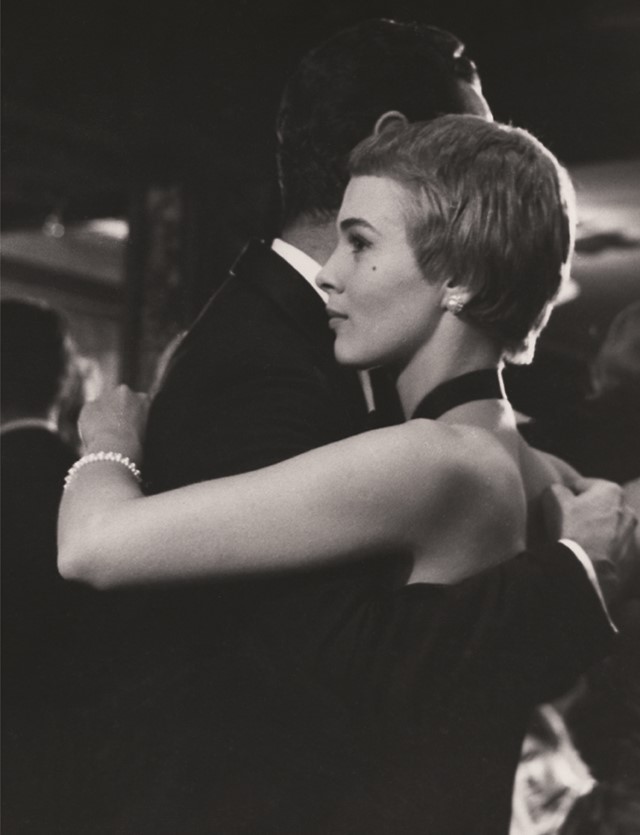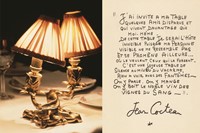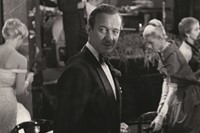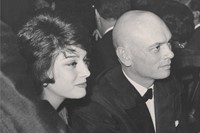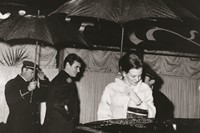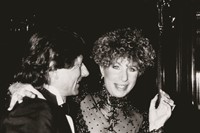As befits a world famous Parisian restaurant, Maxim’s on Rue Royale eschews external opulence and gaudiness with a distinctly Gallic shrug...
Who? As befits a world famous Parisian restaurant, Maxim’s on Rue Royale eschews external opulence and gaudiness with a distinctly Gallic shrug. An unostentatious wooden façade, capped by the trademark red awning conceals Art Nouveau design, and a dining room that has played host to most of the global luminaries of the 20th and 21st centuries; the most famous, the most beautiful, the most creative and the most notorious characters of their time. Now, thirty years since Pierre Cardin acquired the restaurant to ensure it stayed in French hands, Assouline has published a book relating the history of this iconic location, with an introduction written by the current owner.
What? The book relates the history of the restaurant right from its initial foundation by a former waiter in 1893, and the ensuing 1900 overhaul by the wonderful Eugene Cornuché, which saw Maxim’s established as the epicentre of the Belle Époque social scene. The new owner crammed the dining room with Art Nouveau decor and the infamous “plats du jours”, a centre table filled with the most beautiful women in Paris, and watched the great, the good, the artistic, the wealthy, the glamorous and the dissolute come flocking. The patrons ranged from royalty, such as Edward VII and the Windsors, to the wealthiest business men and the artists and poets of the day, including Marcel Proust and poet Jean Cocteau. Like a Parisian Studio 54 of the 20th century and beyond, the book displays multiple images of the stars – Andy Warhol, Liza Minelli, Princess Grace, Jackie O, Salvador Dali, Woody Allen – who came to mingle and be seen, alongside recipes of the food they consumed.
Why? It can be clearly seen that Maxim’s is less a restaurant than a piece of French iconography; a hothouse of fame, power, beauty and excitement, where inspiration abounded, film stars and duchesses rubbed shoulders with oil magnates and struggling authors, and legendary events took place. The name defines a unique sense of Parisian glamour, and has been featured in works such as Georges Feydeaux’s ‘Le Dame de Chez Maxim’ and the masterpieces of the pre-war cartoonist Sem. It is a simile for fame, glamour and the extravagant social whirl of Paris throughout her later history, as captured in films such as Gigi, Bonjour Tristesse and Jean Renoir’s 1937 masterpiece Grand Illusion. It was also the background for scandal, such as the headline grabbing moment when Brigitte Bardot was photographed leaving the restaurant barefoot in 1967. And unlike other legendary locations, visitors today may still be rewarded by sightings of fellow diners such as Barbara Streisand, Anne Hathaway, Kylie Minogue and John Travolta. As Pierre Cardin summarises in the preface: “Maxim’s is there, in our past, our present, our future. . . In its way, Maxim’s is an actor in and a mirror of Parisian life.”
Maxim's: Mirror of Parisian Life, by Jean-Pascal Hesse, is published by Assouline. It is out now, and available for purchase at Assouline Boutiques worldwide and online.
Text by Tish Wrigley
